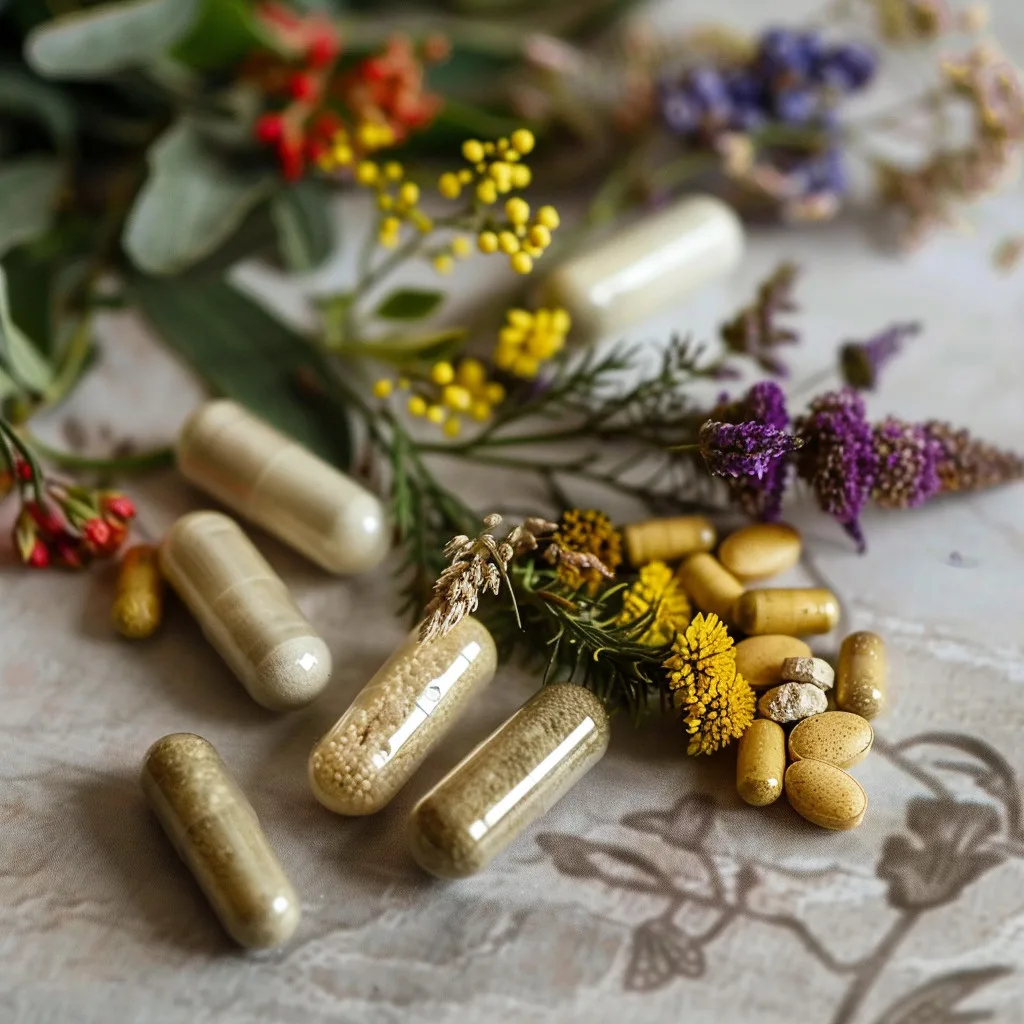Exploring the Power of Nature Healing: A Journey into Natural Alternatives to Traditional Antibiotics
In a time where antibiotic resistance and concerns about the impacts of drugs are growing, there is a rising interest in seeking out remedies. Natural antibiotics, sourced from plants, fungi, and other organic origins, present hopeful solutions for fighting infections with negative effects on human health and the environment. This thorough investigation delves into the realm of antibiotics exploring their beginnings how they work, effectiveness and potential uses in modern healthcare.
Understanding Natural Antibiotics
Natural antibiotics encompass a range of substances like phytochemicals, essential oils, peptides and enzymes. Each with characteristics that contribute to their ability to fight off microbes. Phytochemicals found abundantly in plants exhibit properties by disrupting bacterial cell structures inhibiting crucial enzymes functions and influencing bacterial gene activity. Essential oils extracted from plants possess qualities due to their intricate chemical makeup containing terpenes, phenols and aldehydes. Peptides and enzymes present in organisms demonstrate effects by targeting specific parts of bacterial cells such, as cell walls or protein production mechanisms.
Noteworthy Natural Antibiotics
Garlic, known for its healing properties, contains allicin, a sulfur compound with antibacterial effects. Allicin works by disrupting cell membranes and preventing the growth of pathogens, including those resistant to antibiotics.
Honey has been valued for its benefits for a time and has a wide ranging antimicrobial effect due to its high sugar content, low acidity level, hydrogen peroxide content and other active compounds. It has been a remedy for treating wounds, burns and infections.
Tea tree oil from Australia is rich in terpinen 4 ol which gives it properties effective against bacteria, fungi and viruses. This makes it a popular choice for addressing skin issues like infections, acne as respiratory problems.
Manuka honey sourced from the Manuka tree, in New Zealand is known for its properties attributed to its high levels of methylglyoxal (MGO). It is commonly used to heal wounds, ulcers and bacterial infections those caused by antibiotic strains.
Cranberries are packed with proanthocyanidins that help prevent bacteria from sticking to the walls of the tract thus reducing the likelihood of tract infections (UTIs).
Consuming products or taking supplements could be beneficial in preventing and managing tract infections, especially for those prone to recurrent infections.
How They Work
Natural antibiotics use methods to fight infections, such as;
Breaking down bacterial cell membranes; Substances like allicin and specific essential oils can enter bacterial cell membranes causing damage and ultimately leading to cell death.
Blocking enzymes; Phytochemicals and peptides can inhibit enzymes that bacteria need for their metabolism hindering their ability to grow and multiply.
Influencing bacterial gene expression; Some natural antibiotics can change how genes are expressed in bacteria, which may reduce the production of harmful traits or activate the bodys defenses against microbes.
Effectiveness and Safety Considerations
Although natural antibiotics show promise as alternatives to medications their effectiveness and safety profiles can vary due to factors like dosage, formulation and the type of bacteria being targeted. Laboratory studies have shown that certain natural compounds possess properties against types of bacteria including those resistant, to multiple drugs. However further research is needed to confirm their efficacy, safety and appropriate dosages for use.
Additionally natural antibiotics might interact with medications or supplements potentially causing side effects or reducing effectiveness.It’s important to be cautious when mixing remedies, with prescription drugs for individuals with existing health issues or weakened immune systems.
Utilization in Contemporary Healthcare
Despite the difficulties related to standardization and regulatory approval natural antibiotics show potential for uses in medicine;
Supportive treatment for bacterial infections; Natural antibiotics can work alongside traditional therapies reducing the need for synthetic antibiotics and lowering the risk of resistance development.
Management of wounds and topical care; Dressings made from honey herbal creams and essential oil blends provide options for promoting wound healing and preventing infections.
Preventative measures: Certain natural substances, such as products and probiotics, might aid in averting infections, particularly among high-risk groups.
Applications in agriculture and veterinary care; Extracts from plants, probiotics and enzyme based products are being investigated as substitutes for antibiotics in animal farming and crop protection to combat resistance and environmental pollution.
In Conclusion;
Natural antibiotics offer an array of compounds with antimicrobial properties that can be beneficial in modern medicine. Ranging from age remedies such, as garlic and honey to formulations utilizing plant extracts and microbial enzymes these natural solutions present hopeful answers to tackle the increasing challenges posed by antibiotic resistance and infectious diseases.
With the progress of research and the gathering of data, natural antibiotics could change how we approach infections. They provide more eco options compared to traditional medicines all while protecting the intricate harmony of microbial communities, in our bodies and surroundings.







